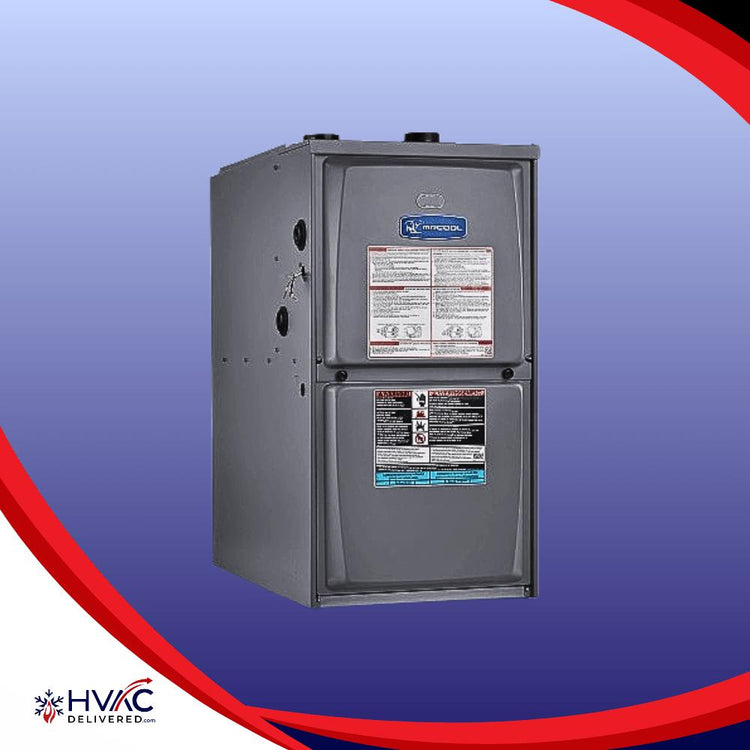A gas furnace typically lasts between 15 to 20 years, though this lifespan can vary based on the furnace's make, model, and overall quality, as well as how well it is maintained. Regular maintenance, such as cleaning and replacing filters, checking and cleaning burners, and ensuring the thermostat and other controls are functioning properly, can significantly extend a furnace's life.
Environmental factors and usage patterns also play a role; for instance, a furnace in a region with long, harsh winters may have a shorter lifespan due to more intensive use. Upgrading to a newer, more efficient model might be cost-effective even before the end of the furnace's operational life, considering advancements in technology and energy efficiency.

